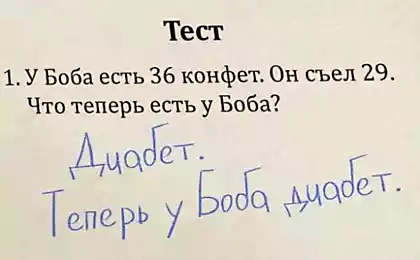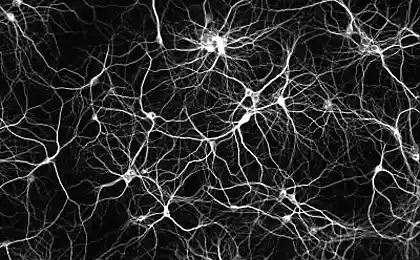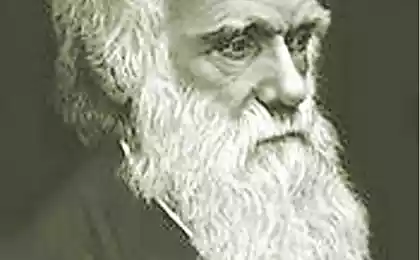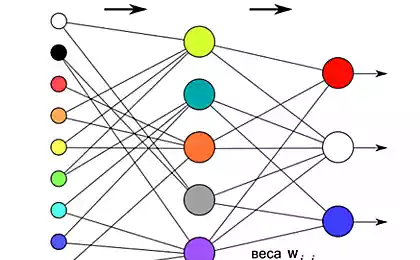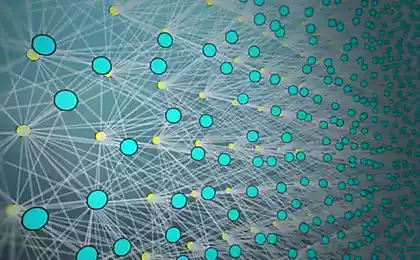481
The Nobel prize in medicine was awarded for the navigation neurons
Two million six hundred sixteen thousand five hundred forty three
The Nobel prize this year was awarded the American neuroscientist John O'keefe and Norwegian researchers Mary-Britt and Edvard Mosera for the opening of two classes of nerve cells that help us navigate in space.
The ability to navigate the terrain – the procedure is so important and complex that in the brain this involved two groups of nerve cells. Some are located in the hippocampus, which is due to them, in addition to the "center of memory" was named a "center of navigation" (or "spacial awareness"); the other found in the entorhinal cortex, which is closely linked hippocampus. Although both groups of neurons are needed for the individual to understand where he is and where he moves, functions largely different from each other.
In the late 60-ies American researcher John O'keefe (John O'keefe), the first of the current nobleton, I noticed that wandering around the room rats in the brain include particular neurons whose activity could not be explained simply by entering the brain with new visual stimuli. It turned out that these cells are activated in response to the aggregate characteristics of the landscape surrounding the rat at the moment – like neurons responded to a specific place on the transition from one environment to another. Further experiments showed that in the hippocampus do contain many maps, each of which encodes a particular combination of specific cells. Their so-called place cells.
In 2005, the Norwegian neuroscientists may-Britt and Edvard Mosera (May-Britt, Edvard Moser) found in the entorhinal cortex, another group of nerve cells, which was quickly nicknamed the GPS system of the brain. They in turn aroused, as long as the individual is moving in space – that is, we can say that these neurons mark the territory. The peculiarity of them that included such neurons in a specific pattern, breaking up the space into a hexagonal fragments, making it similar to a huge grid. Hence their name – and grid cells, or neurons of the lattice. When in the experiment, the rat took the top "virtual" hexagonal element grid-cell reacted by impulse. They differ from place cells in that grid-cell simply set the coordinate system in which the brain is convenient to describe a particular landscape and their own movement in space. For his discovery of the wife Mosery and was honored to share the current Nobel prize together with John O'keefe.
Although experiments to ascertain the functions of the navigation neurons was staged and put – on animals, these cells clearly have the human. It is believed that due to the death of these neurons in Alzheimer's patients lose the ability to navigate in space, in the early stages of the disease.
Prepared according to the Nobel Committee.
The Nobel prize this year was awarded the American neuroscientist John O'keefe and Norwegian researchers Mary-Britt and Edvard Mosera for the opening of two classes of nerve cells that help us navigate in space.
The ability to navigate the terrain – the procedure is so important and complex that in the brain this involved two groups of nerve cells. Some are located in the hippocampus, which is due to them, in addition to the "center of memory" was named a "center of navigation" (or "spacial awareness"); the other found in the entorhinal cortex, which is closely linked hippocampus. Although both groups of neurons are needed for the individual to understand where he is and where he moves, functions largely different from each other.
In the late 60-ies American researcher John O'keefe (John O'keefe), the first of the current nobleton, I noticed that wandering around the room rats in the brain include particular neurons whose activity could not be explained simply by entering the brain with new visual stimuli. It turned out that these cells are activated in response to the aggregate characteristics of the landscape surrounding the rat at the moment – like neurons responded to a specific place on the transition from one environment to another. Further experiments showed that in the hippocampus do contain many maps, each of which encodes a particular combination of specific cells. Their so-called place cells.
In 2005, the Norwegian neuroscientists may-Britt and Edvard Mosera (May-Britt, Edvard Moser) found in the entorhinal cortex, another group of nerve cells, which was quickly nicknamed the GPS system of the brain. They in turn aroused, as long as the individual is moving in space – that is, we can say that these neurons mark the territory. The peculiarity of them that included such neurons in a specific pattern, breaking up the space into a hexagonal fragments, making it similar to a huge grid. Hence their name – and grid cells, or neurons of the lattice. When in the experiment, the rat took the top "virtual" hexagonal element grid-cell reacted by impulse. They differ from place cells in that grid-cell simply set the coordinate system in which the brain is convenient to describe a particular landscape and their own movement in space. For his discovery of the wife Mosery and was honored to share the current Nobel prize together with John O'keefe.
Although experiments to ascertain the functions of the navigation neurons was staged and put – on animals, these cells clearly have the human. It is believed that due to the death of these neurons in Alzheimer's patients lose the ability to navigate in space, in the early stages of the disease.
Prepared according to the Nobel Committee.
Researchers: active use of Twitter can cause divorce and infidelity
How to create less waste - zero waste

